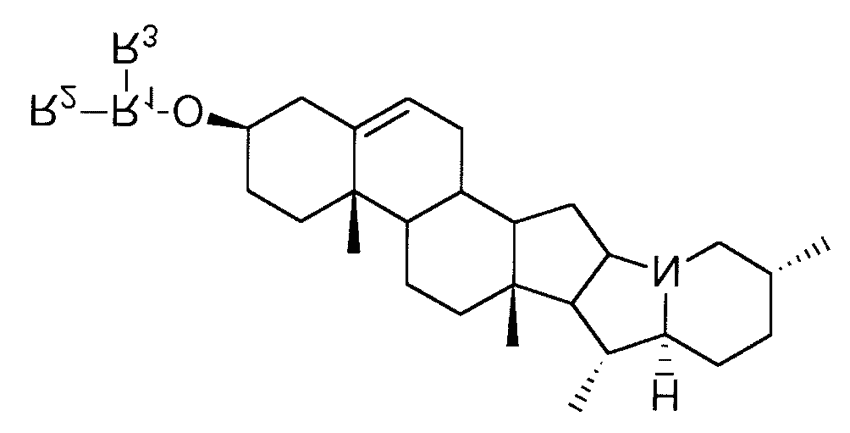The Calibrachoa is a fairly new species in the botanical world.
However, it is becoming a must-have in many gardens these days.
With bright, small bell-like blooms of a plethora of colors, this flower is great for hanging baskets.
If you are into vertical gardens, you will find this amazing flower as a perfect addition to your space.
You can also utilize it to cover a small area of the ground or have some in your backyard containers.
Whichever way you go, there’s no hiding the fact that the Calibrachoa will take your gardening efforts to the top.
However, if you have a dog or any other pet at home, you must be worried about whether this beautiful flower is safe for them or not.
What kind of a pet parent would you be if you didn’t worry at all?
So, is Calibrachoa poisonous to dogs?
Let’s find out…
What is Calibrachoa?

As a new flower in town, many people don’t have an idea what the Calibrachoa are. Those who have a clue think that it is Petunias.
As a matter of fact, botanists thought the two were the same flowers. Both plants manifest similar patterns when it comes to spreading, trailing, or mounding.
However, while they are closely related, each flower is a plant of its own.
The Calibrachoa (or Million Bells) is essentially a warm-weather annual and is most common in sunset climate zones. Mild-winter areas grow it as a perennial.
Million Bells have considerably smaller flowers than Petunias. The Calibrachoa’s 1-inch blooms have also been known to resist tobacco budworms that can chew through petunias.
The plant also drops its flowers, so there is no need for a deadhead.
The ‘Million Bells’ name comes from the fact that its flowers look like small bells.
The foliage grows about 3-9 inches tall with trailing stems and flowers of different colors including pink, violet, magenta, blue, white, bronze, and red.
In summary…
| Scientific Name | Calibrachoa parviflora |
| Family | Solanaceae |
| Common Names | Calibrachoa, Million Bells, Mini Petunia, Trailing Petunia |
| Native Area | South America |
| Flower Colors | Red, Blue, Yellow, Orange, Purple, Pink, Cream, Burgundy, magenta, Lavender |
| Mature size | 6–12 inches tall; 12–24 inches wide |
| Plant Type | Herbaceous perennial often grown as warm-weather annual |
Are Calibrachoas Poisonous To Dogs?

The Calibrachoa (or Million Bells) belong to the same family of nightshades along with the Petunia.
Nightshade is a term that’s often used to describe over 2800 species of plants belonging to the Solanaceae family.
Tomatoes, potatoes, peppers, eggplants, and some berries are a few examples of the nightshade family.
Although there’s no hard evidence that nightshades are unsafe around pets, you are better off taking caution here.
See, nightshades contain an alkaloid compound, Solanine, that can be rather harmful to dogs and other pets.
Solanine, often found in the leaves and stems of certain nightshades, can be toxic to dogs if ingested in colossal amounts.

Source: Researchgate
Solanine is a steroidal alkaloid saponin with pesticidal properties—and it is often formed to serve as one of the plant’s natural defense mechanisms against pests and leaf-eating insects.
When ingested, it is poorly absorbed from the gastrointestinal tract (GI) of most animals causing vomiting, diarrhea, ileus, and hypersalivation.
It also gets hydrolyzed in the GI tract to solanidine, which can produce systemic toxidrome of cardiovascular, neurologic, and respiratory signs in animals.
The amount of solanine present in various parts of a plant (fruits, leaves stems, etc) depends on the soil type, climate, season, and amount of light the plant receives.
However, leaves and unripe fruits have been shown to be more toxic.
As we have mentioned above, there is still no concrete scientific evidence that suggests that there is a significant amount of solanine in Calibrachoa.
BUT since Calibrachoa belongs to the nightshade family, there are chances that it may contain the steroidal alkaloid. So, you better be cautious with your Fido.
Speaking of being cautious, here are some of the most common signs of nightshade poisoning in dogs:
(In other words, these are the signs to look out for if you suspect that your dog has eaten Calibrachoa).
- Tremors
- Muscle weakness
- Gastrointestinal upset
- Loss of coordination
- Cardiac effects
- Dilated pupils
- Vomiting
- Diarrhea
- Excessive drooling
- Seizures
My Dog ate Calibrachoa: What should I do?

While many of the above-highlighted symptoms are mild, there are some that can be very severe.
As such, you must be concerned whenever you see your dog sampling parts of the Calibrachoa or if you came home and found that he has consumed any part of the plant.
So, what should you do?
I. Remove the plant and flush the dog’s mouth with clean water
Let’s start with the first case…
If you see your dog eating Calibrachoa, command him to stop immediately (using the STOP Command). To reinforce good behavior, praise him when he stops eating the plant.
If there are leftover parts of the plant in his mouth, ensure that you get all of it out.
The best way to do this is to flush the mouth with clean, running water.
II. Call Your Vet
If the dog is alert, breathing, and behaving normally, call your vet so that you can brief him on the situation.
Most vets will advise you on whether to treat your pup at home or bring him in for proper treatment and care.
But if the dog is behaving abnormally, call your vet and/or rush him to the nearest emergency veterinary clinic.
If you cannot get to a nearby vet clinic, consider reaching the ASPCA Animal Poison Control Center (at 888-426-4435) or Pet Poison Helpline (at 855-764-7661). Both may charge you some fee for the consultation.
Never attempt to induce vomiting unless instructed by your vet.
Vomiting may seem to be the right approach, especially if your dog is showing abnormal behaviors but it might also be dangerous depending on the amount of the plant your dog has consumed and what’s happening in his body.
III. Restrict Your Dog’s Access to Calibrachoa
The easiest way to prevent dog Calibrachoa poisoning is to restrict your dog’s access to this plant. There are plenty of solutions you can leverage:
- Surround the plant with items that can produce loud noises like loud pebbles. Dogs tend not to be fans of things that produce loud sounds.
- Spray a touch of lemon juice or vinegar directly on the plant. Dogs are not fans of lemon or vinegar tastes, so this may discourage them from eating the plant.
- If nothing seems to work, fence off your yard or flower garden. Alternatively, surround the Calibrachoa plant with some chicken wire.
- Replace Calibrachoa with non-toxic alternatives. There are many options for both indoor and outdoor gardens.
Always remember that the sooner you act to help your dog who has consumed Calibrachoa or any poisonous plant, the better the chances of your pup recovering from the poisoning.
Final Thoughts
Dogs love experimenting with anything and everything.
Because he doesn’t have the mental capacity to know that the flower harmed him before, he will ingest it again and run into the same trouble.
For his safety, take matters into your hands and do the needful to keep harm away from him.
Related Posts:
Are Zinnias Poisonous to Dogs?
Are Astilbes Poisonous to Dogs?
As an Amazon Associate, we may receive a small commission from qualifying purchases but at no extra cost to you. Learn more. Amazon and the Amazon logo are trademarks of Amazon.com, Inc, or its affiliates.

